Tango Monastery
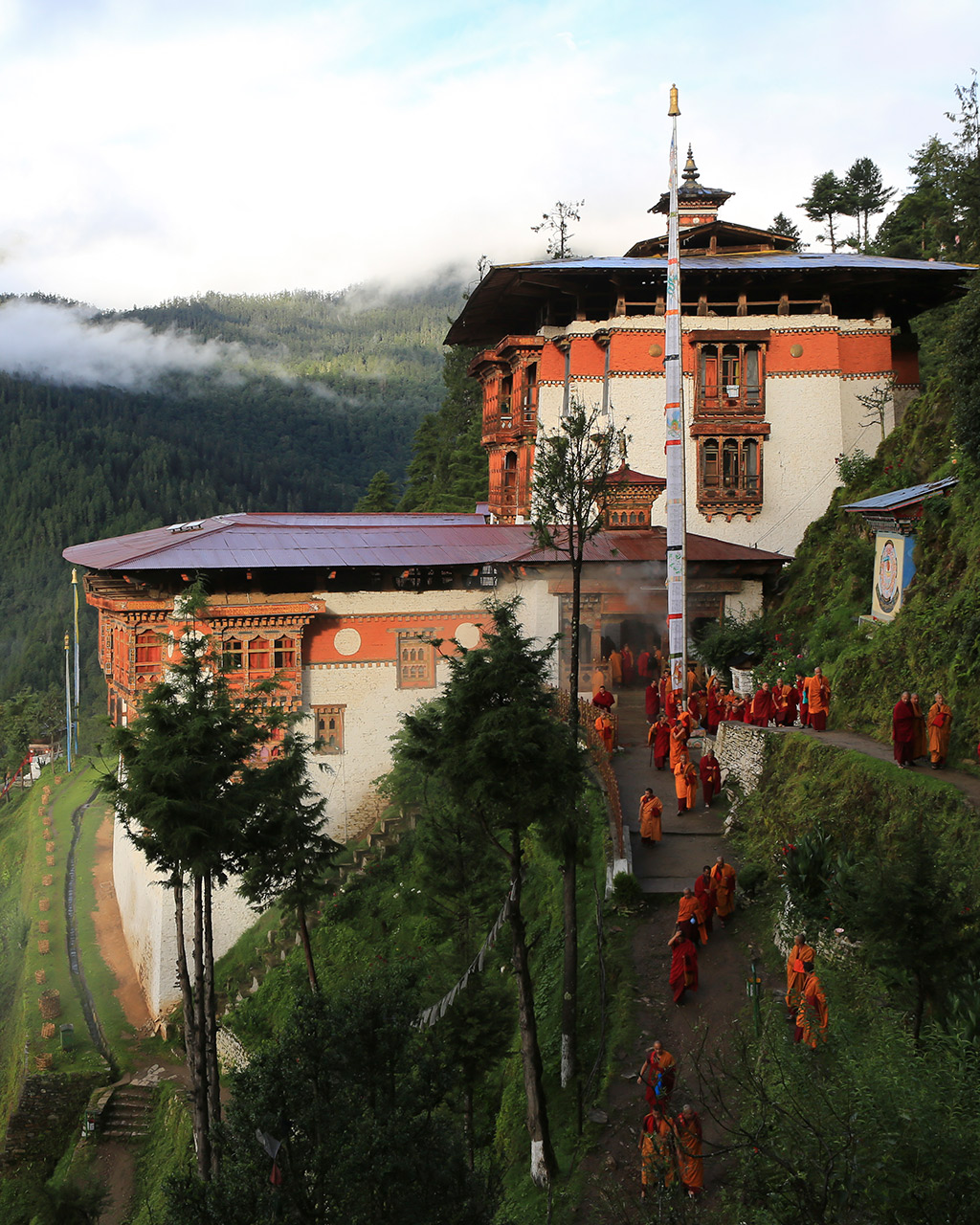
The Himalayan landscape is a fascinating blend of textures and colours – rock edges, caves, streams, and the lichen and moss covered slopes paint a mosaic of images that stimulate the imagination. Bhutanese folklore is filled with stories around the shapes seen etched in these landscapes – various forms of the Buddha, some local deities and even some demons. As one travels through the untouched parts of the country today, the sun, shadows, snow and vegetation in different seasons create recognisable faces that watch over you. Ugyen talks about one such image of the Buddha he has seen in Haa and one in Wangdue. It’s a sign he says, of the Buddha watching over us.

The Tango monastery is located around one such formation north of Thimphu, of the horse head Hayagriva. Around it is a group of caves, once a place of meditation for Guru RinpochePadmasambhava, also called Guru Rimpoche, Tibetan Slob-dpon (“Teacher”), or Padma ‘Byung-gnas (“Lotus Born”), (flourished 8th century), legendary Indian Buddhist mystic who introduced Tantric Buddhism to Tibet and who is credited with establishing the first Buddhist monastery there. in the 9th century. A monastery was built here by one of the founders of the Drukpa Kagyu sect of Buddhism, Phajo Drukgom Zhigpo. It gradually grew into one of the highest centres of learning in Bhutan. This pattern is observed throughout Bhutan – the sites of ancient caves naturally progressing into the monasteries and temples which develop around them, the most famous one being Takstang in Paro. Hugging the edge of a cliff, these structures are tucked away following the form of the steep terrain, often hidden from view until one is almost upon them. Honouring the deity through the ornate temple that comes up around the cave, the cave inside is left almost intact.
The Tango monastery is a reflection of this pattern. The structure follows the curve of the slope, and the main building is planned along the lines of a dzongDzongs are the fortress-monasteries of Bhutan and Tibet. The presence of Dzongs across the country symbolizes unification and the recognition of a central authority by the people in the region. Read More. It is a twelve cornered building, with a temple in the middle of a courtyard and the rest of the structure bounding the courtyard. A formal structure, the monastery has undergone many modifications and renovations to keep pace with the changing needs. Temples to Hayagriva and the Buddhas, and accomodation for the monks, have grown around the original structures. A new centre for monastic studies has also been developed at a lower level as you approach Tango.

The Tango monastery is today a symbol of the highest level of monastic education. Calling it the “Harvard” of monasteries, Ugyen shares that it was a great source of pride to any Bhutanese family to have a member studying there. Ugyen graduated to Tango after four years in Dodeydra, and felt a significant change. The atmosphere at Doyedra had been rigorous but informal, where the search was individual and the mind was encouraged to be open. Tango followed a more rigid and stricter path, from the nature of the space to the manner of instruction – a final climb to attain the highest level of Buddhist studies. The intense rigour of the instruction, in addition to a severe winter, took a toll on Ugyen’s health. He found himself struggling with fundamental questions about the nature of Buddhism and its practices, and questioning whether this was truly the path for him. He discovered a need to explore the world in a different way after 13 years of monastic education.
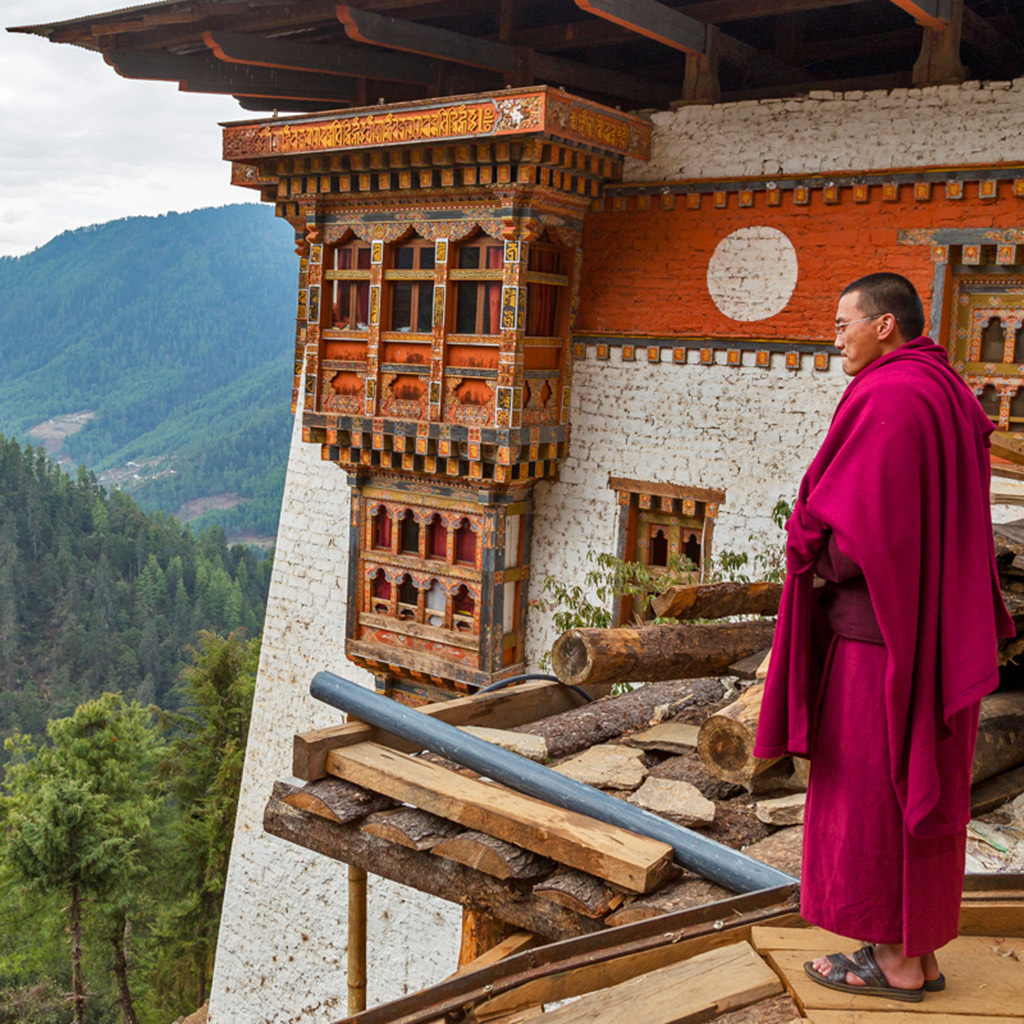
Vignettes
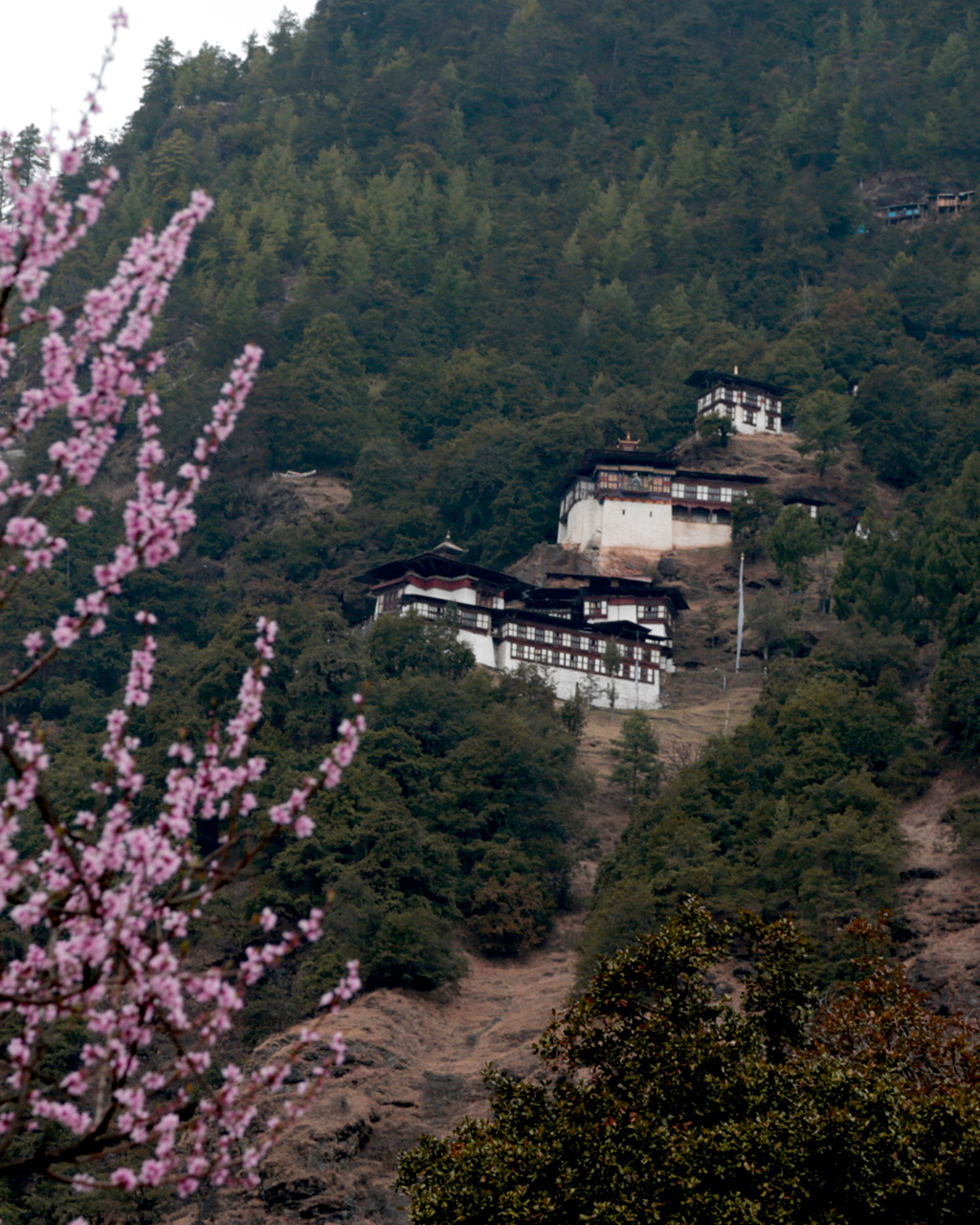
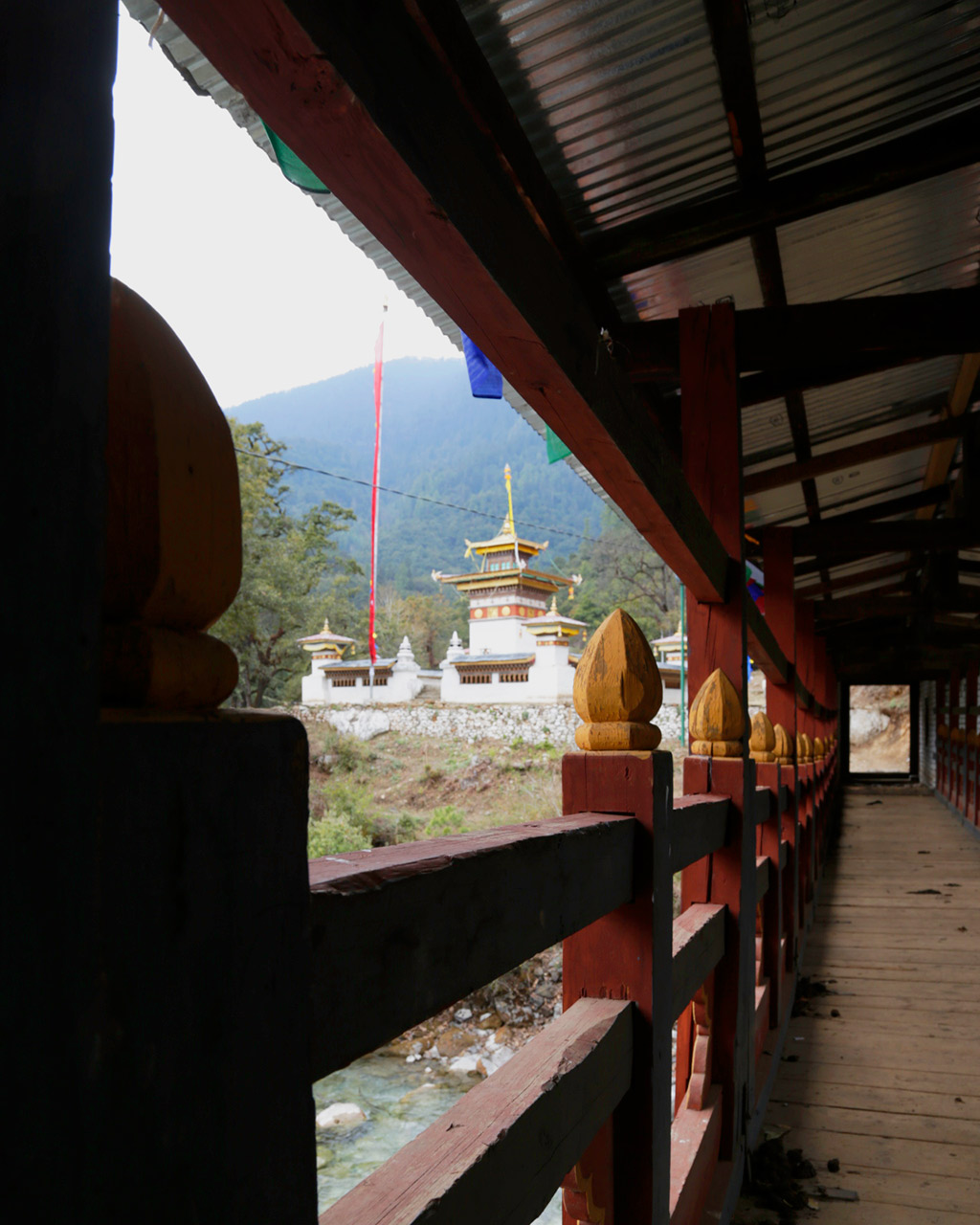

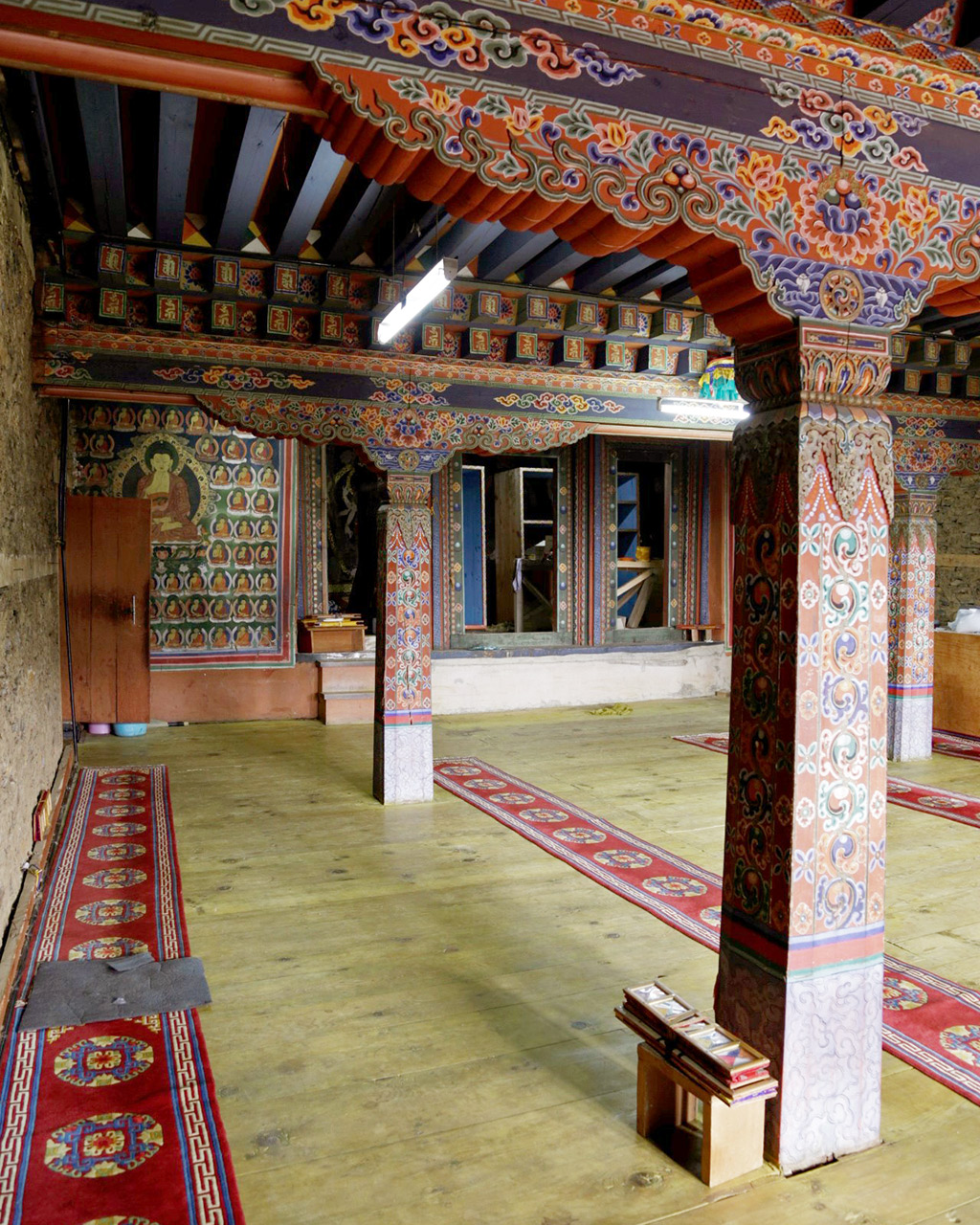
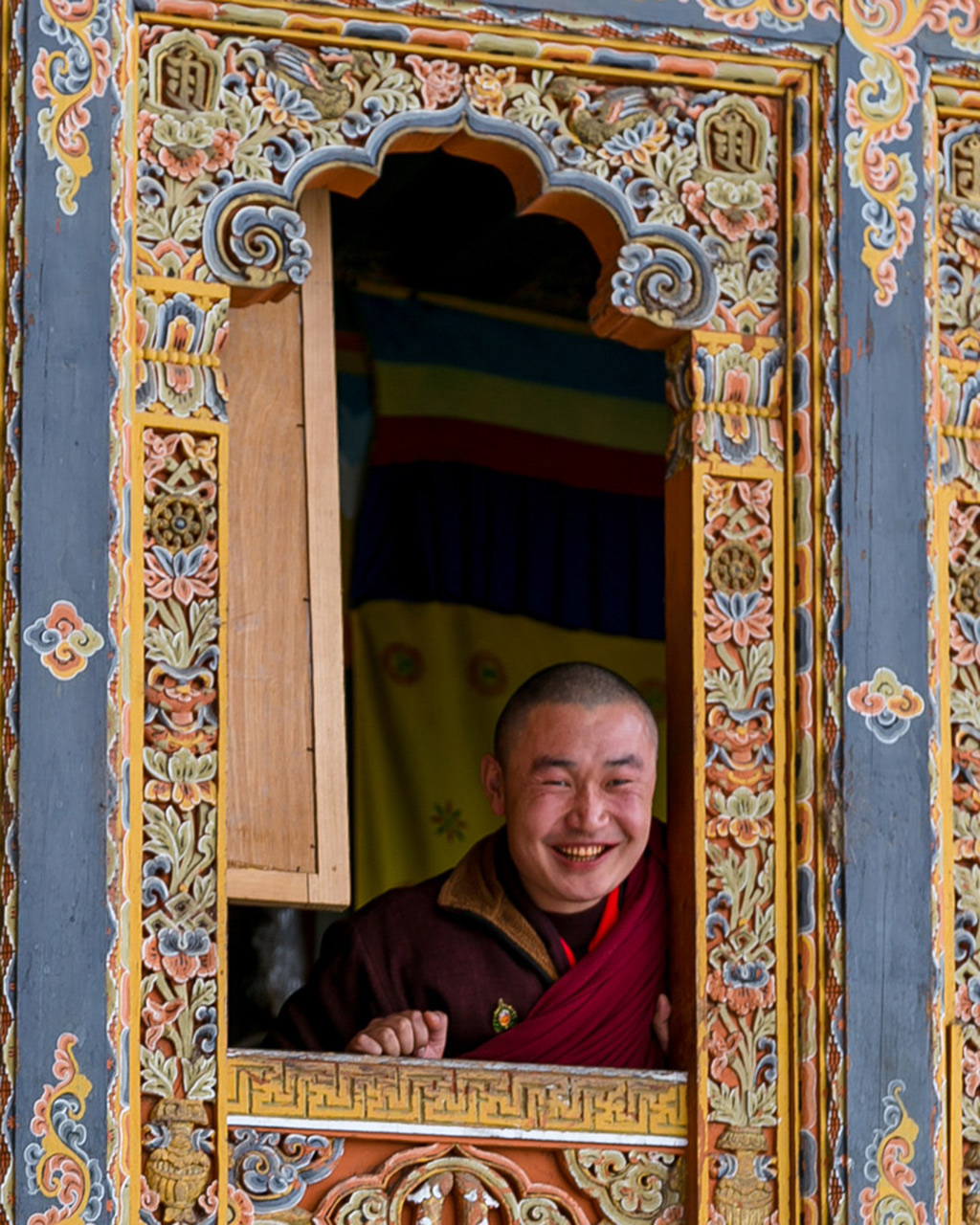
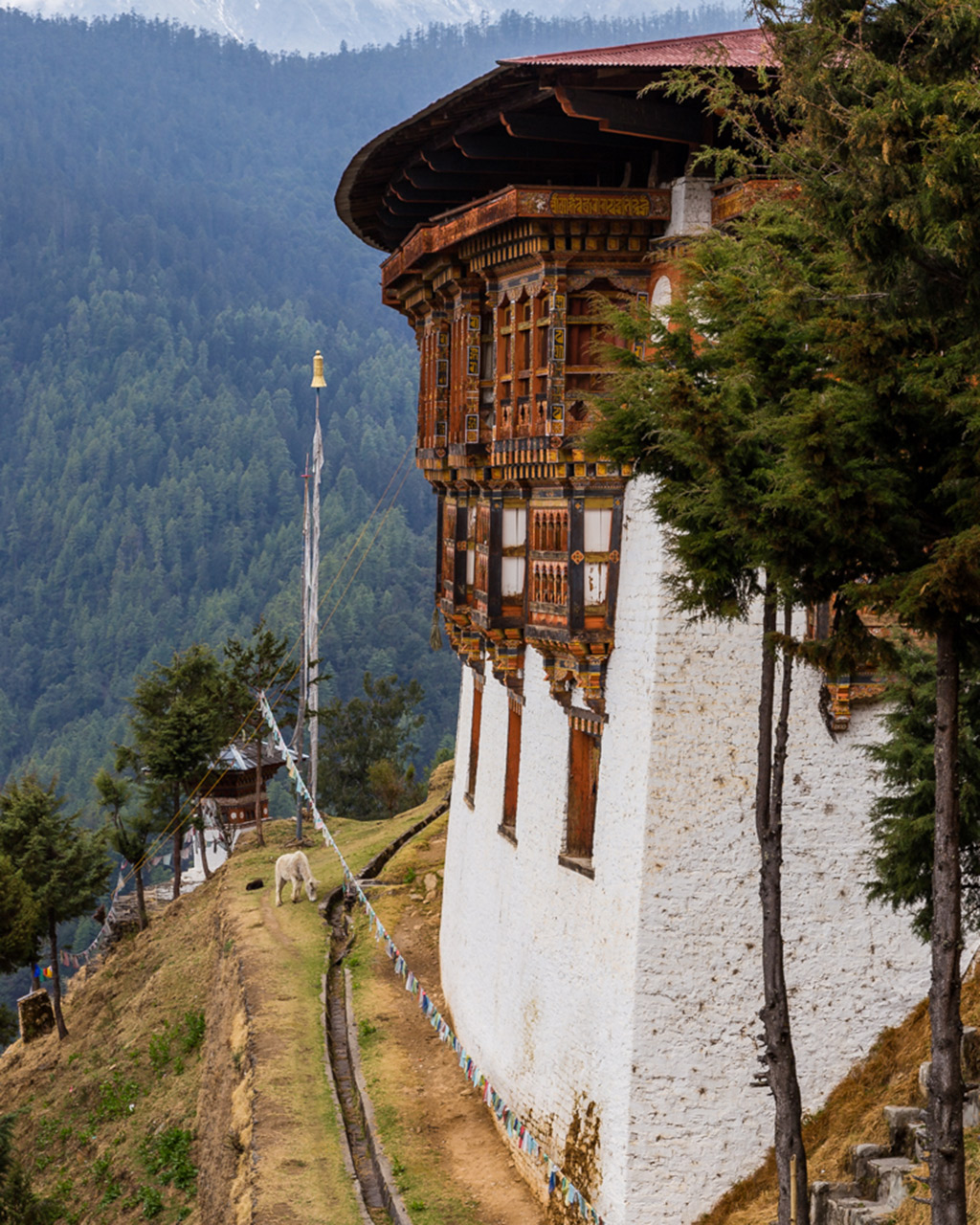
Many traditional stories have caves where inner healing happens. This space looks truly awe inspiring!